Why I Choose to Be a Flexitarian in Japan
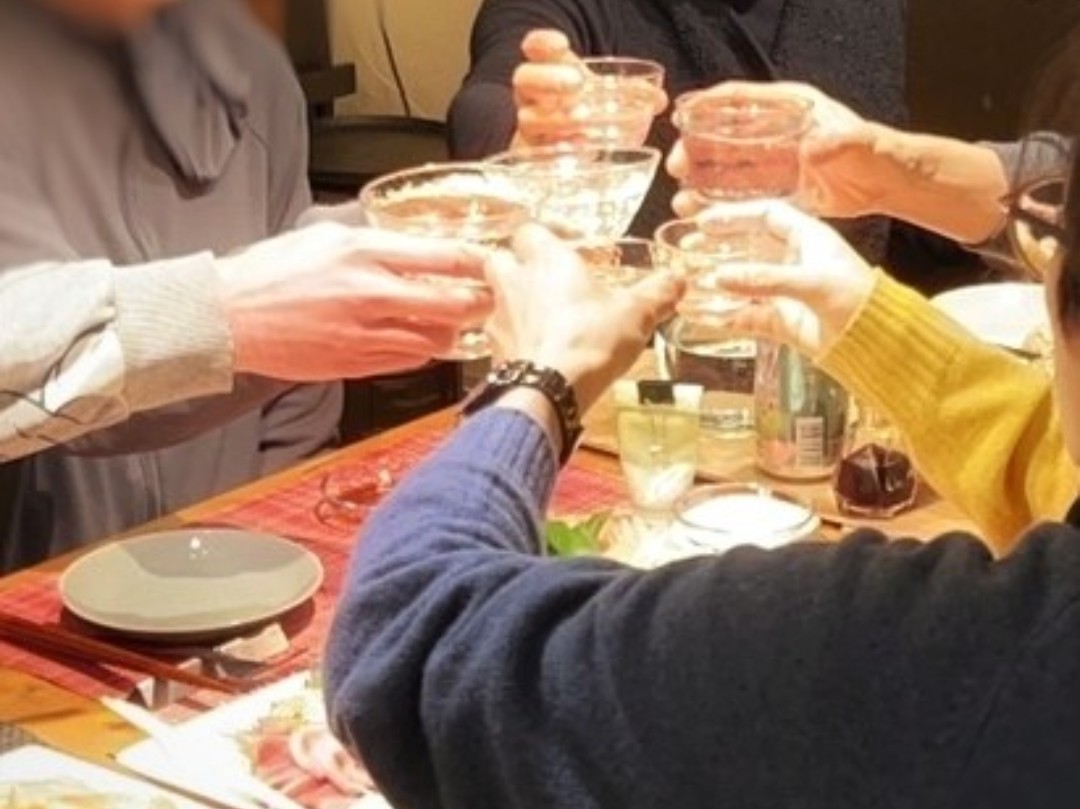
From a vegan to a flexitarian
It was 7 years ago (2018) in the Netherlands that I began eating plant-based.
I used to be a vegan back then, but now in Japan, I’m a flexitarian.
Although 95% of what I eat at home is vegan, I do occasionally eat some animal products, especially at work and on social occasions.
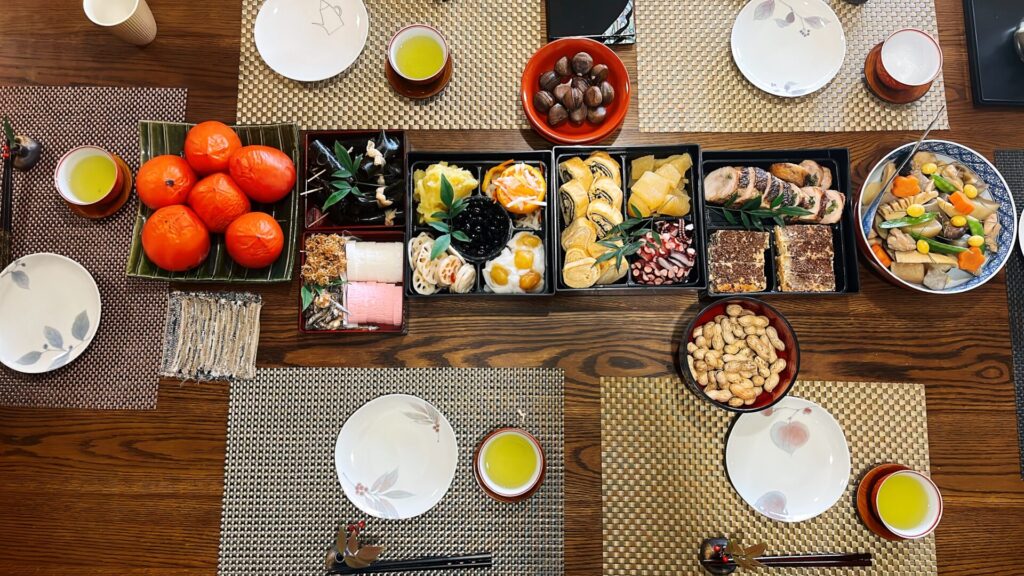

It’s not only due to social and cultural obstacles

Is that because going vegan is hard in Japan?
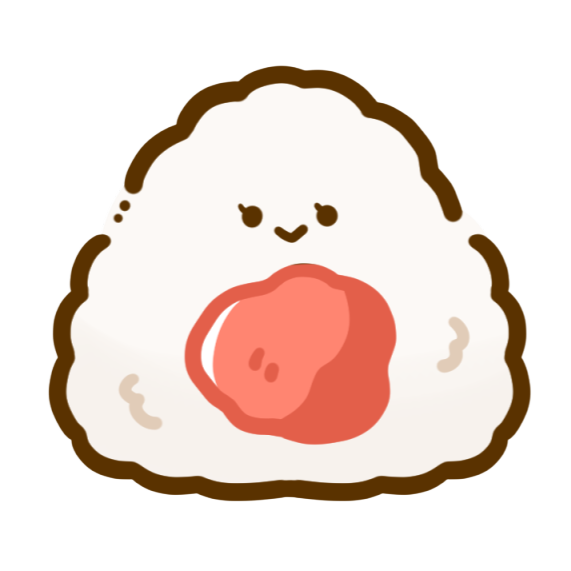
To some extent, right. But there’s a more radical reason.
Despite the rising recognition of vegans and vegetarians, it’s still quite challenging to ask for plant-based options in Japan (especially at restaurants outside Tokyo), from a local Japanese perspective.
On the other hand, in the Netherlands, vegan and vegetarian options are more widely available.
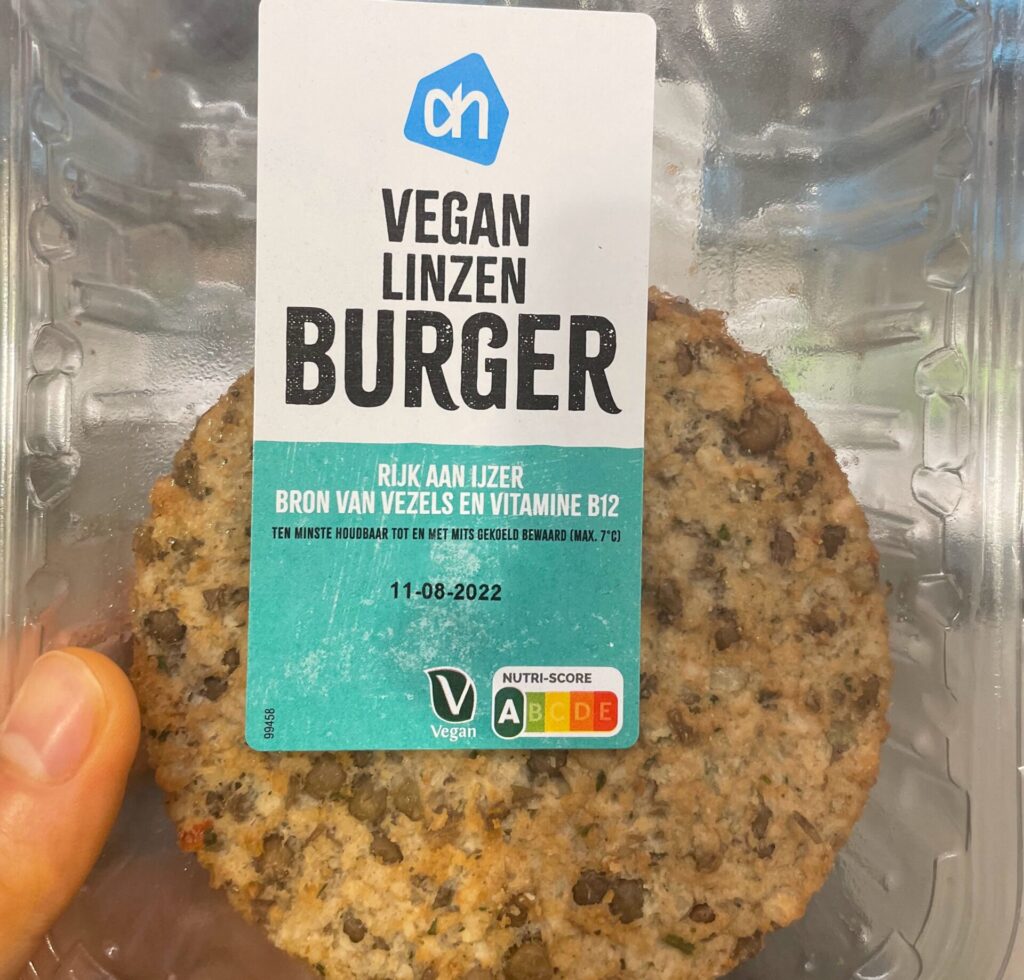
Besides, as someone working in the Japanese food industry, it’s inevitable to eat animal products.
But if none of the above are, what made the transition from a vegan to a flexitarian?
A Turning point in the restaurant work
The turning moment occurred while I was working part-time as a waitress at a Japanese restaurant.
For vegan guests, they had the option of Shojin cuisine (Japanese Buddhist vegan cuisine).
However, after their meals, I often had to throw quite a few leftovers of those vegan food into the garbage.
I found it rather ironic because the bottom concept of shojin cuisine is to appreciate all lives, including plants.
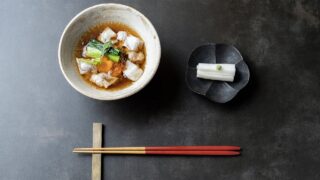
Re-questioning values
That experience got me wondering, “What’s the essence of what I value through a plant-based lifestyle?”
That experience got me wondering, “What’s the essence of what I value through a plant-based lifestyle?”
The answer was simple: love and respect for beings.
I’m genuinely fascinated by plant-based food, for it’s filled with joy for your body and soul, as well as love for the planet, animals, and people with diverse values.
By no means do I criticize the choice of going vegan. It’s just that the form of such values doesn’t necessarily have to be 100% vegan, which led me to become more flexible than sticking to a vegan approach.
A similar mindset is also reflected in the plant-based cooking club I launched during my uni years.

For those curious, here’s an interview article about the club.
“Gezellig” time with people in front of me
Another crucial keyword for me is “gezelligheid.”
“Gezellig” is one of the most unique Dutch words that’s almost impossible to translate. From my understanding, it captures a sense of coziness, warmth, and togetherness, often shared in the company of people you care about
When I was eating strictly vegan, especially in Japan, I often struggled to fully enjoy the moment. Friends would worry about what I could or couldn’t eat, and I would feel a little distant from the shared experience.
Now, as a flexitarian who eats more freely in social settings, I feel much more present and fulfilled — able to truly enjoy those gezellig moments with the people I love.

Although I mostly end up eating plant-based food because I really love it…haha.
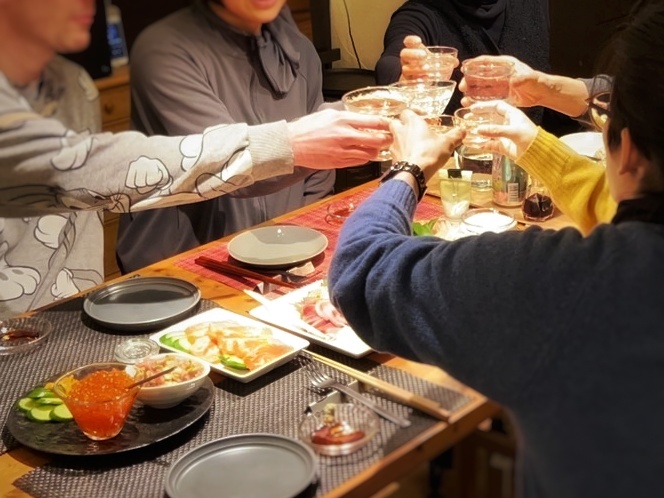
Takeaway: what can be flexible and what can’t
Now at my family’s house or in the company of friends, I sometimes eat non-vegan food.
That said, I would never miss cherishing and appreciating the lives on the plate with “itadakimasu (いただきます= Thank you for the food and all lives involved).”
…and whenever I have an option, I eat plant-based, being conscious about the origins and consequences of my food choices.
As long as your purpose (“WHY”) doesn’t fade away, your approach (“HOW”) can be flexible, I guess.

What do you think? I’m curious about your thoughts in the comment box below!
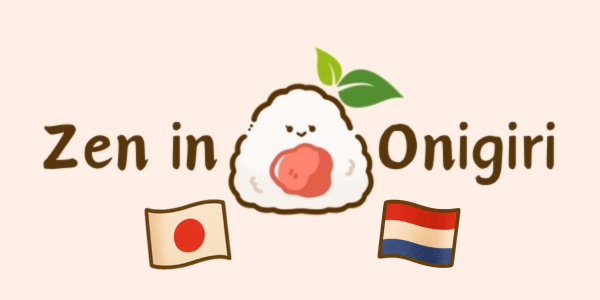

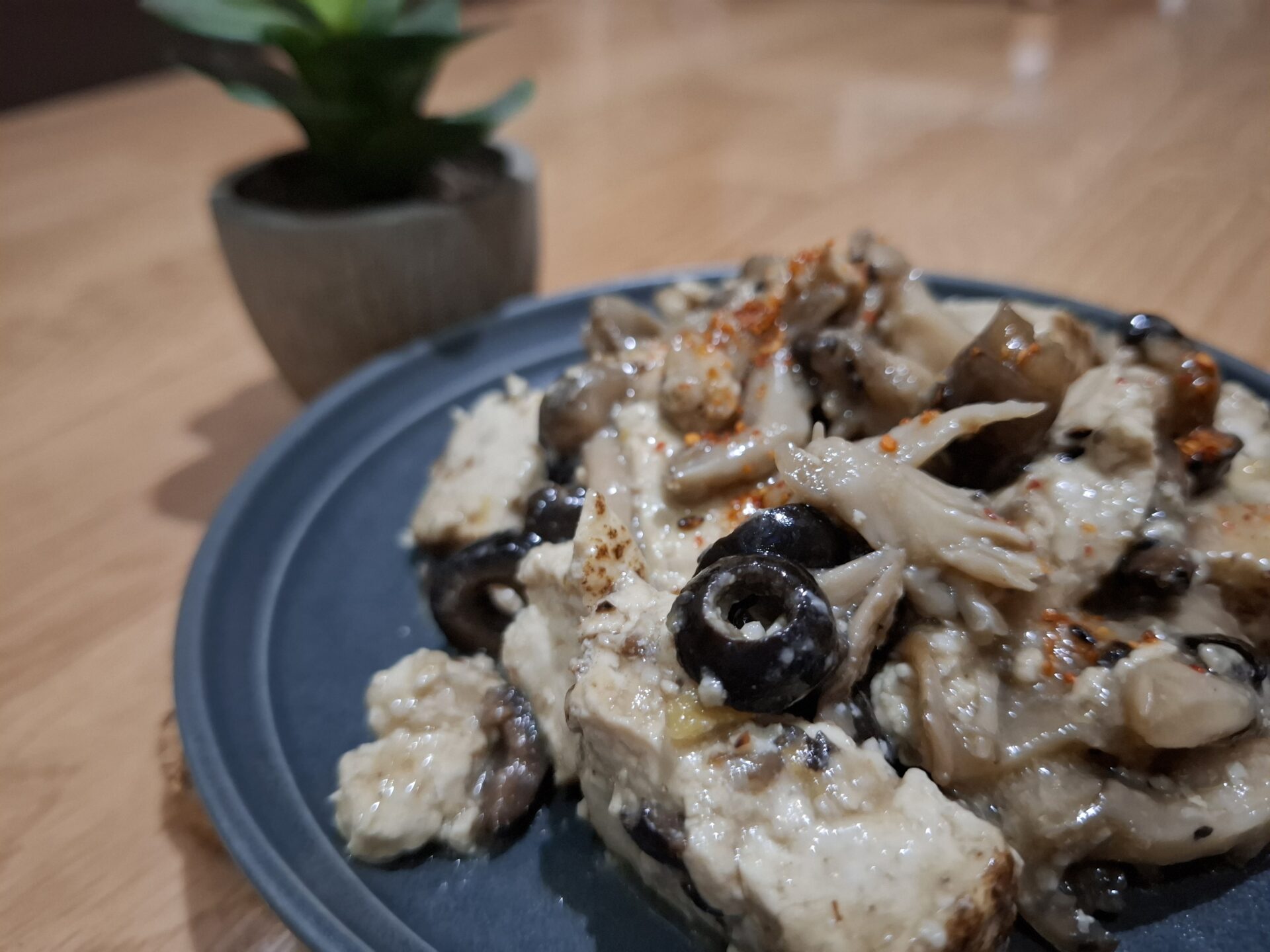
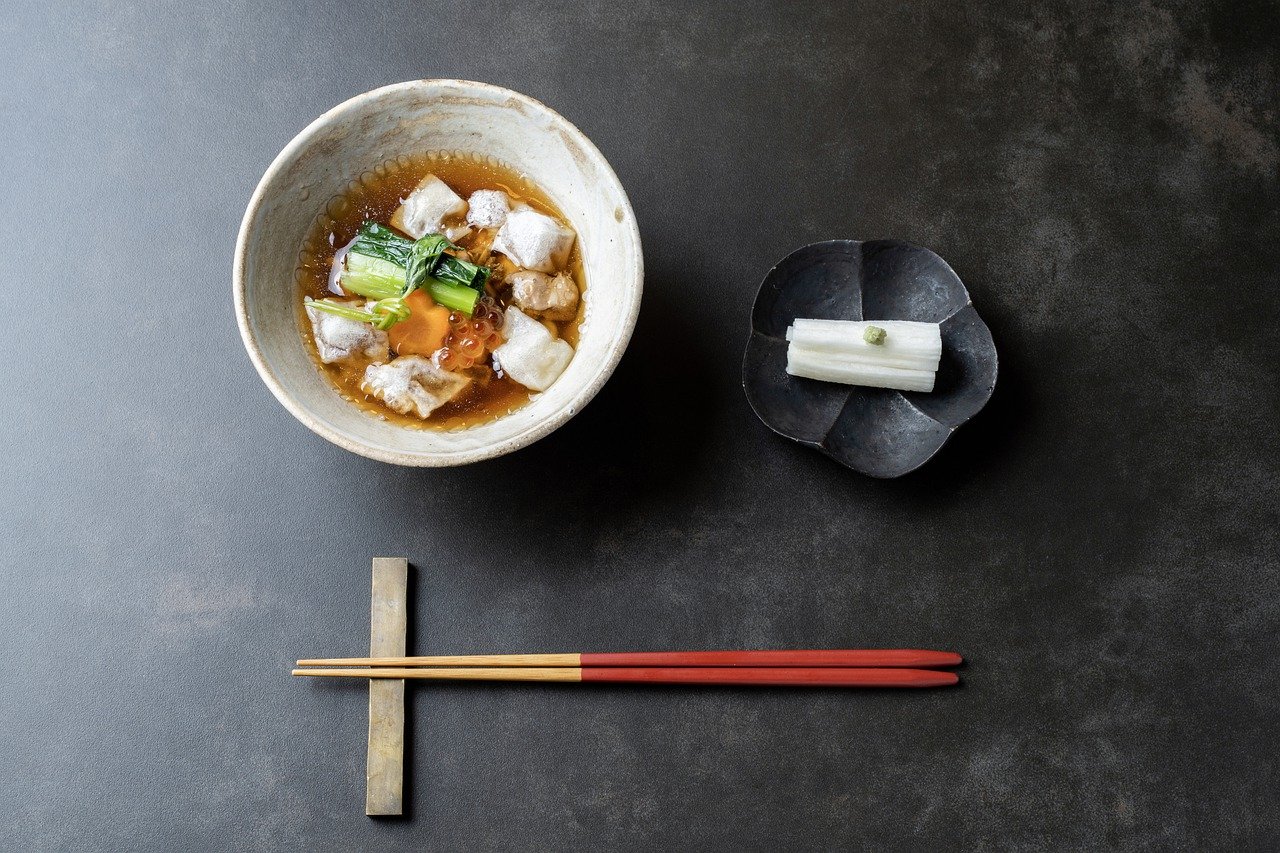
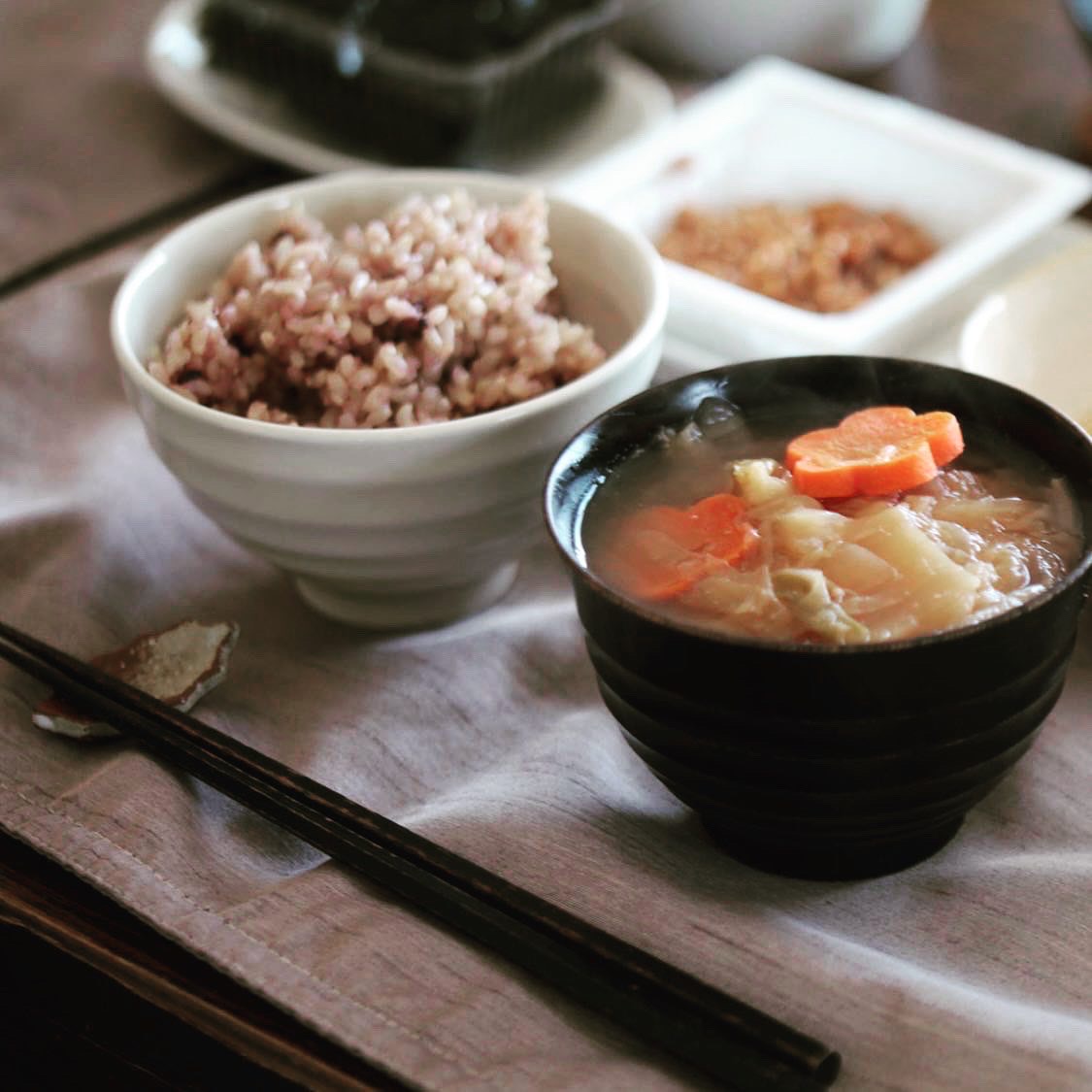
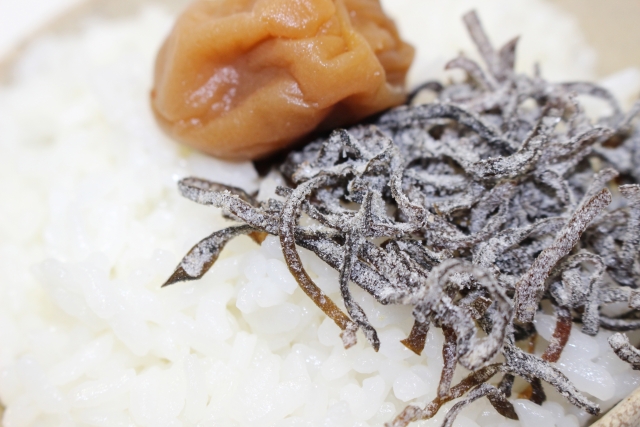

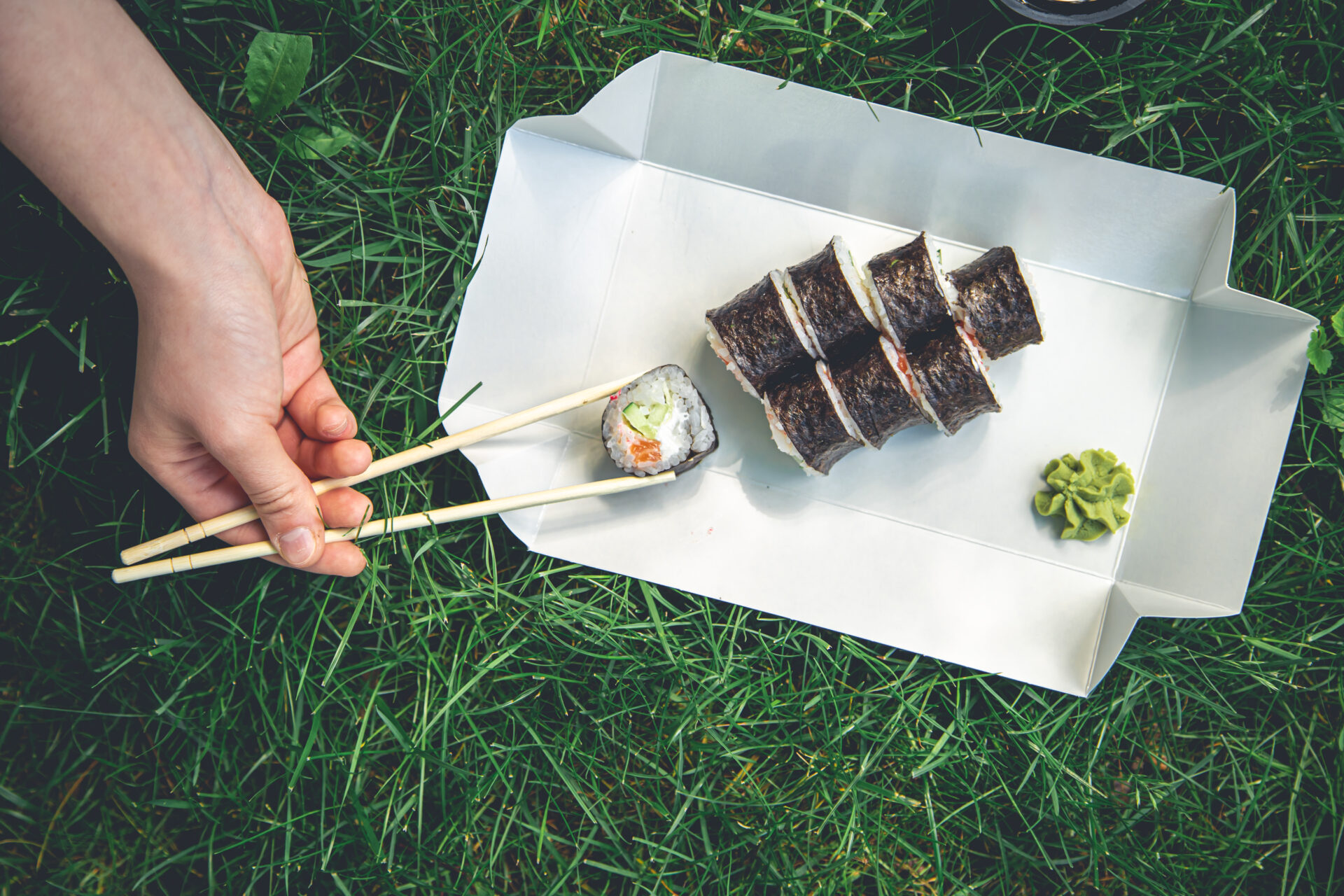
Your words make my day!